#karaori
Explore tagged Tumblr posts
Text

Karaori (Noh Costume) with Autumn Grasses, Edo period, 18th century
#dianthus#pinks#nadeshiko#karaori#18th century art#18th century fashion#japan clothing#japan art#seven autumn grasses
5 notes
·
View notes
Text
Blue Lock ship wars
Round 1, match 8
#blue lock#bllk#hiori yo#yo hiori#karasu tabito#tabito karasu#itoshi rin#rin itoshi#hiori x rin#rin x hiori#karasu x hiori#hiori x karasu#karaori#hiorasu#hiorin#rinori
10 notes
·
View notes
Photo
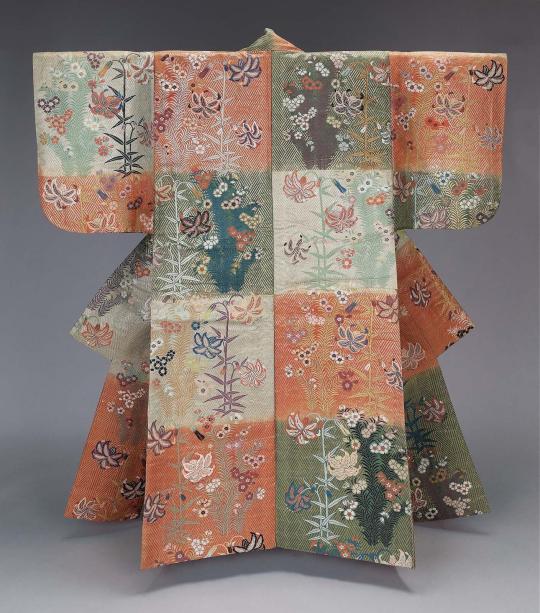
Noh theatre robe (karaori) for female role (Japan, 19th century).
Silk.
Image and text information courtesy MFA Boston.
257 notes
·
View notes
Photo

Karaori (Nô Costume), late 18th-early 19th century, Japan
123 notes
·
View notes
Photo
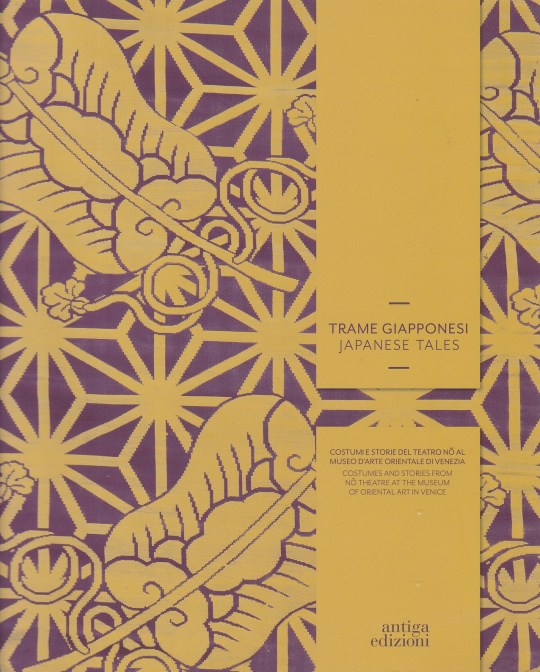


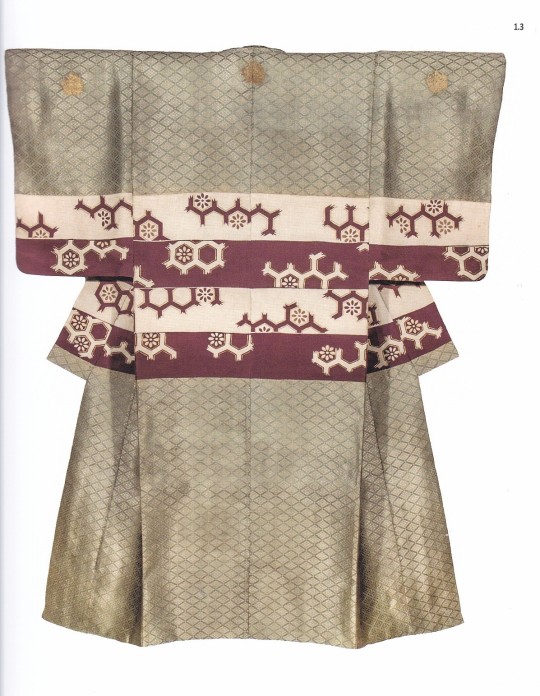
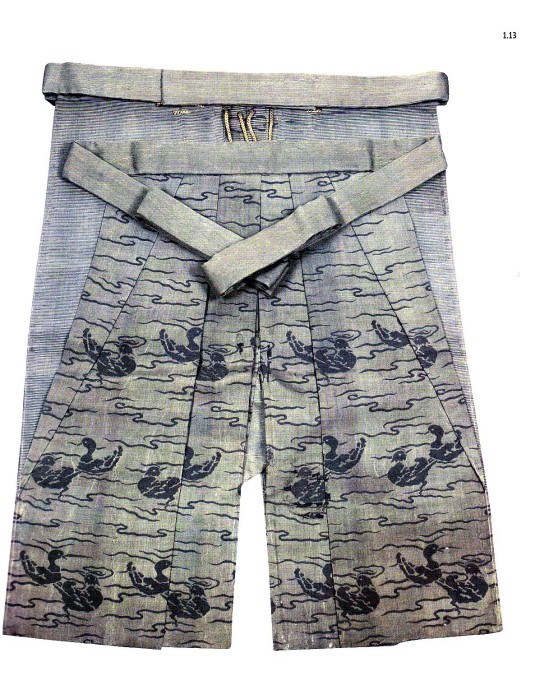
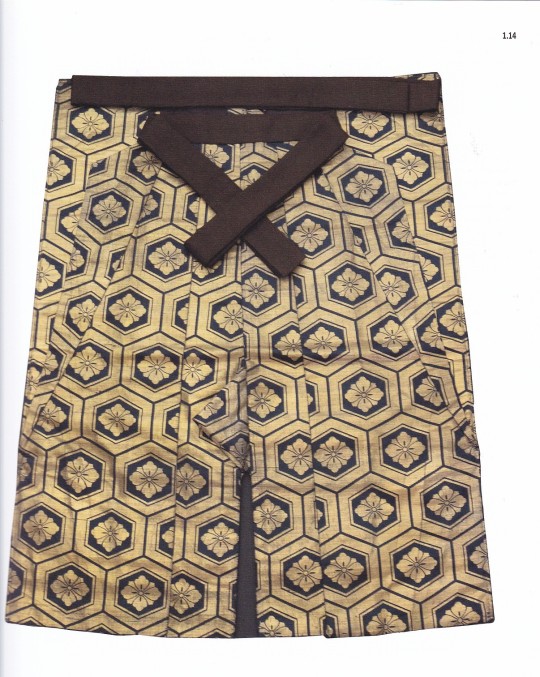
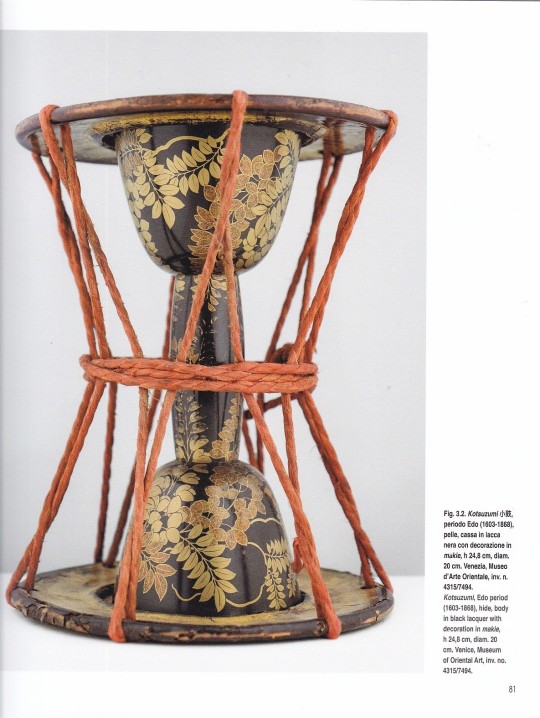
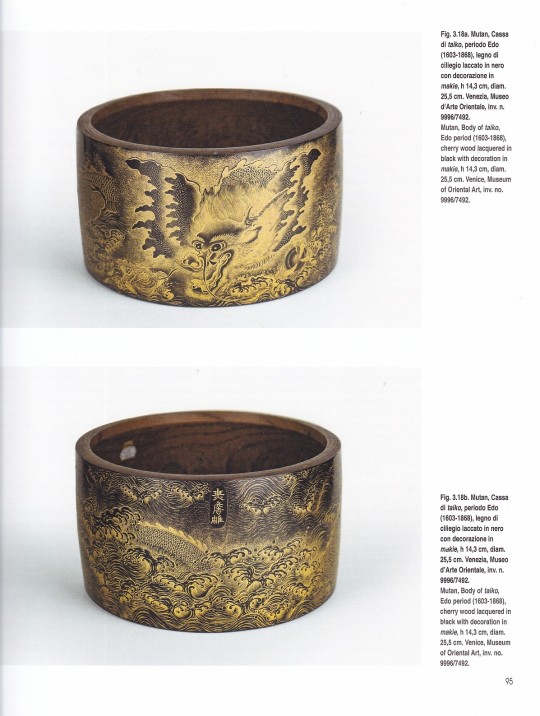


Trame Giapponesi Japanese Tales
Costumi e storie del Teatro No al Museo d’Arte Orientale di Venezia
Costumes and Stories from No Theatre at the Museum of Oriental Art in Venice
A cura di Marta Boscolo Marchi
Antiga Edizioni, Crocetta del Montello 2022, 160 pagine, brossura, ill.a colori, 22 x 28 cm, Testo italiano e inglese, ISBN 9788884353016
euro 30,00
email if you want to buy :[email protected]
Il catalogo si compone di alcuni saggi introduttivi dei maggiori studiosi del teatro No- in Italia, sulla rappresentazione, i costumi, gli strumenti musicali che accompagnano la performance e sul primo spettacolo di teatro No- tenutosi a Venezia nel 1953. Nella collezione del Museo d'Arte Orientale di Venezia si conservano xilografie dei maggiori autori dell'Ottocento come Hokusai e Hiroshige, alcune delle quali raffiguranti la lavorazione della seta e alcune delle leggende che diedero origine ai drammi più noti del teatro No-, che accompagnano l'esposizione dei costumi e degli strumenti musicali. Il Museo possiede sontuosi costumi in seta e oro, abitualmente non visibili al pubblico per motivi di conservazione, che nel volume Trame Giapponesi sono pubblicati con le loro schede tessili: tra questi kariginu, atsuita, karaori, hangire, oguchibakama. In contrasto con la sobrietà della scenografia, ridotta all'essenziale, i costumi degli attori spiccano per fasto e preziosità, catalizzando prepotentemente l'attenzione del pubblico. Il volume riporta inoltre gli strumenti musicali dell'hayashi e l'orchestra per il No-, ovvero il flauto e le tre diverse percussioni (otsuzumi, kotsuzumi, taiko), che sono eccellenti pezzi artistici in lacca dorata, pelle e seta. La pubblicazione è completata da una scelta di fotografie di Fabio Massimo Fioravanti, fotografo che da anni si dedica alle riprese del teatro No- in Giappone.
13/01/23
orders to: [email protected]
ordini a: [email protected]
twitter: @fashionbooksmi
instagram: fashionbooksmilano, designbooksmilano tumblr: fashionbooksmilano, designbooksmilano
#Trame Giapponesi#Japanese Tales#Museo Arte Orientale Venezia#teatro No#Hokusai#Hiroshige#strumentimusicali#costumi in seta e oro#Fabio Massimo Fioravanti#fashionbooksmilano
11 notes
·
View notes
Text

Gold Silk Noh Theatre Costume, 18th Century, Japanese.
MFA Boston.
#mfa boston#Japanese#stage costume#noh costume#18th century#18th century Japan#Japan#unknown decade 18th century#silk#gold#costume
3 notes
·
View notes
Photo

Noh Costume (Karaori)
18th Century
Japan
Museum of Fine Arts, Boston
#noh costume#fashion history#historical fashion#non western fashion#18th century#japanese fashion#japan#theatrical costume#theatre#karaori#floral#flower print#gold#silk#mfaboston
372 notes
·
View notes
Photo

Artist: Karaori
62 notes
·
View notes
Photo



Noh costume (atsuita-karaori). 19th century or earlier, Japan. Gift of Victor and Takako Hauge
286 notes
·
View notes
Photo

Noh costume (nuihaku) with floral motifs, Unknown Japanese, 18th century, Minneapolis Institute of Art: Japanese and Korean Art
gold ground with metallic gold grid design; embroidered leaves and flowers in green, orange, royal blue, lavender, white and deep purple Nuihaku robes combine embroidered designs and applied gold or silver leaf and are used as costumes in the Japanese musical drama called Noh. Usually worn by male actors playing female roles, they serve as inner garments beneath an outer robe called a karaori. This example features a ground of gold leaf applied to the silk surface to form a geometric pattern, on top of which are embroidered clusters of floral motifs in green, white, orange, purple, and blue silk threads. Since these types of robes are often worn turned down at the waist and then covered with a sash, the designer of this robe left this area free of designs, in a style known as koshi-ake, which literally means “blank waist.” Size: 65 x 54 in. (165.1 x 137.16 cm) Medium: Silk embroidery and gold leaf on silk
https://collections.artsmia.org/art/105524/
168 notes
·
View notes
Photo










Noh theatre costumes (”karaori”) for female roles - ca.18th-19th century
#noh#noh theatre#art details#japanese#culture#art#fashion#history#costumes#textiles#weaving#brocade#symbolism#hulderposts#uchikake#historical fashion
32 notes
·
View notes
Text
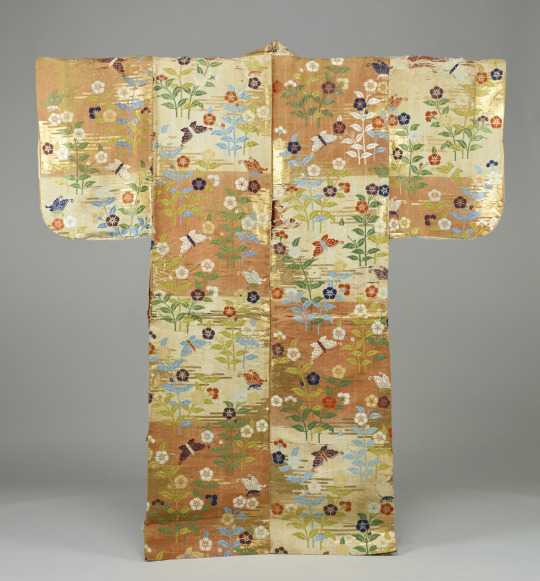
Karaori Garment (Noh Costume) Pink and butterfly design on red and white checkered ground, Edo period, 18th century
#dianthus#pinks#butterflies#fabric design#floral ornament#floral pattern#kimono#18th century costume#18th century fashion#japan art#japanese art#japan fashion#edo period
25 notes
·
View notes
Text
Blue Lock ship wars
Round 2, Match 4
#blue lock#bllk#blue lock ships#blue lock ship wars#ryusei shidou#shidou ryusei#sae itoshi#itoshi sae#hiori yo#yo hiori#karasu tabito#tabito karasu#hiorasu#karaori#ryusae#saedou#Sae x Shidou#Hiori x karasu
11 notes
·
View notes
Photo

Noh Costume (Karaori) with Cherry Blossoms and Fretwork, first half of the 18th century
40 notes
·
View notes
Photo

Noh masks and Karaori from the Mitsui Memorial Museum
122 notes
·
View notes
Photo

Karaori (Noh Costume)
1775/1825
Gift of The School of The Art Institute of Chicago
ARTIC
90 notes
·
View notes